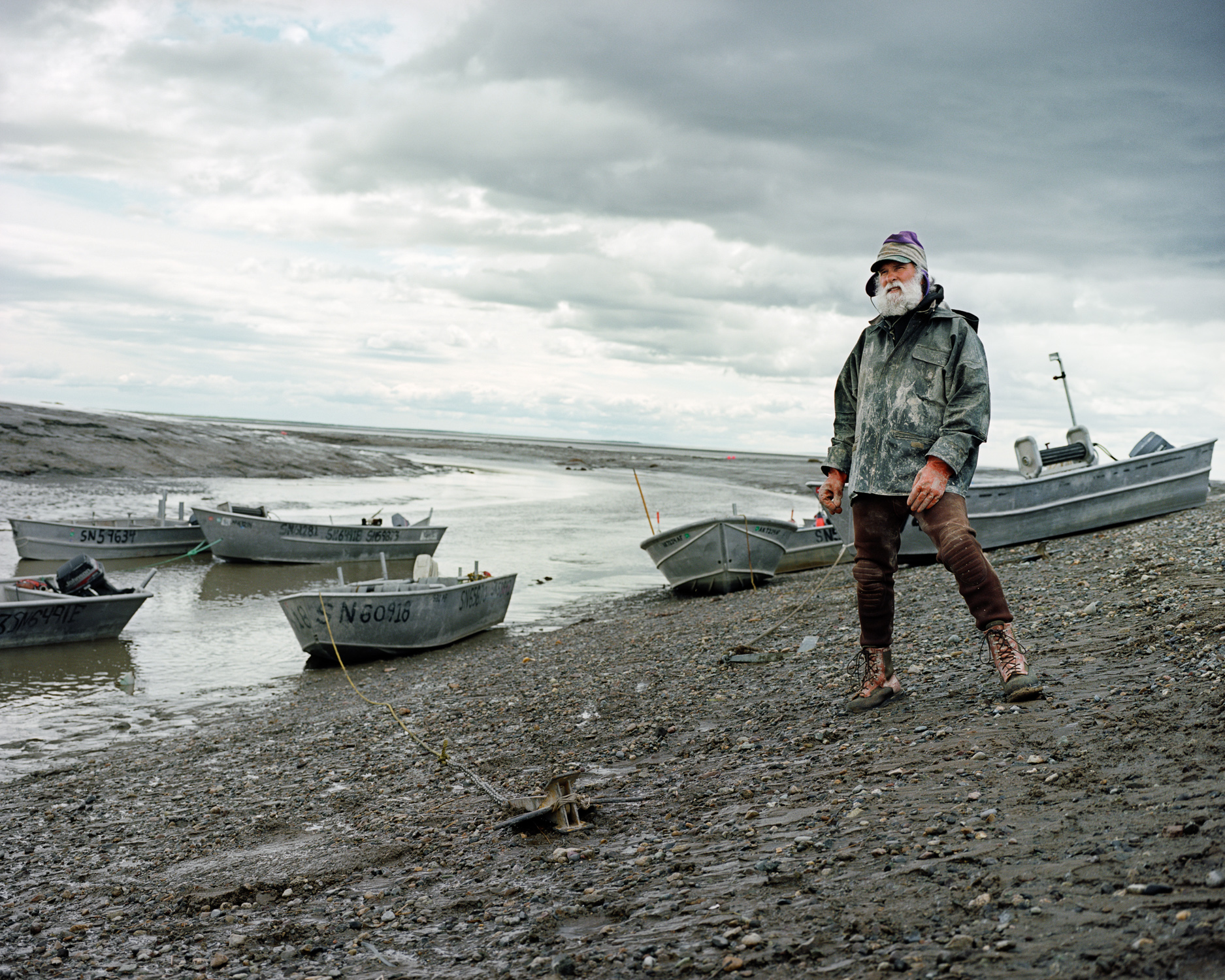Alaska's Bristol Bay salmon fishermen are once again rallying the troops to help check a juggernaut that threatens the world's single-most productive salmon fishery.
Mining the copper and gold deposit at the headwaters of Bristol Bay's natal sockeye streams might not be an inherently risky proposition were it not for the toxic byproduct. Based on our current best technology, toxic runoff from the mining process would be diverted to tailings ponds, which are essentially pools with dams built around them. Historically, these containment fields leak eventually.
The geography and topography of Bristol Bay complicates this plan. Any Anchorage area resident will tell you that Southwest Alaska is part of the ring of fire. After the 7.0 earthquake on Nov. 30, Anchorage area residents felt more than 6,000 aftershocks in just 30 days. That's an average of 200 per day, or about 8 aftershocks per hour. And now, three months later, the aftershocks have not stopped.
What might the outcome be if a similar scenario hit Bristol Bay, about 250 miles from Anchorage, and thousands of aftershocks rippled through the water-laden soil containing manmade ponds of toxic sludge? Would they remain intact? Or would they twist and crumble like so many of the paved roads around Anchorage?
As long as Pebble Mine's tailings ponds are to be built into Bristol Bay's permeable soil in an earthquake zone, the plan may as well include a ticking clock on the health of the region's renewable salmon resource.
That annual value of Bristol Bay salmon fishery (worth "just" $300 million in ex-vessel value alone last year) may seem like a drop in the bucket compared with a potential one-time $300 billion payoff for metals contained in the Pebble deposit. But a look at the estimated $130 billion cleanup of Canada's oilsands mining operations facilities must leave well informed observers scratching their heads as to the long-term profitability for Alaska.
What if, instead of looking at the payoff alone, we looked at the differences in cost. Who will pay to monitor and clean up tailings ponds leaks in the decades after the Pebble investors have taken their money and gone home?
Businesses for Bristol Bay points out that the Pebble Partnership has yet to submit an economic feasibility study — a curious omission.
I've heard people say that the mine is coming. We all just need to prepare for that. Perhaps. It may be an inevitably desirable deposit. But given the lack of proper technology to avoid putting toxic mining waste into vulnerable vessels connected in ways we can't even see to the many streams of Bristol Bay, it seems imminently foolish to take on the construction of this mine in this place at this time.
Industry stakeholders say the threat of Pebble Mine is imminently closer with a draft environmental impact study that shows bias for the mine's construction.
The comment period for this study starts Friday, March 1. You can submit your feedback on the Army Corps website or by mail. There will also be nine public hearings as part of the comment period, the first of which takes place March 25 in Naknek.







